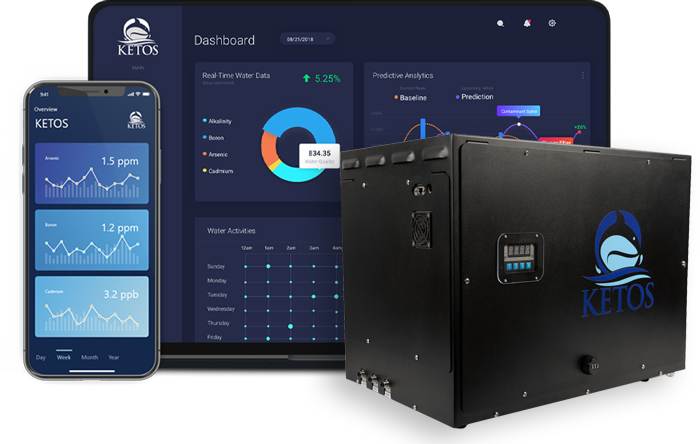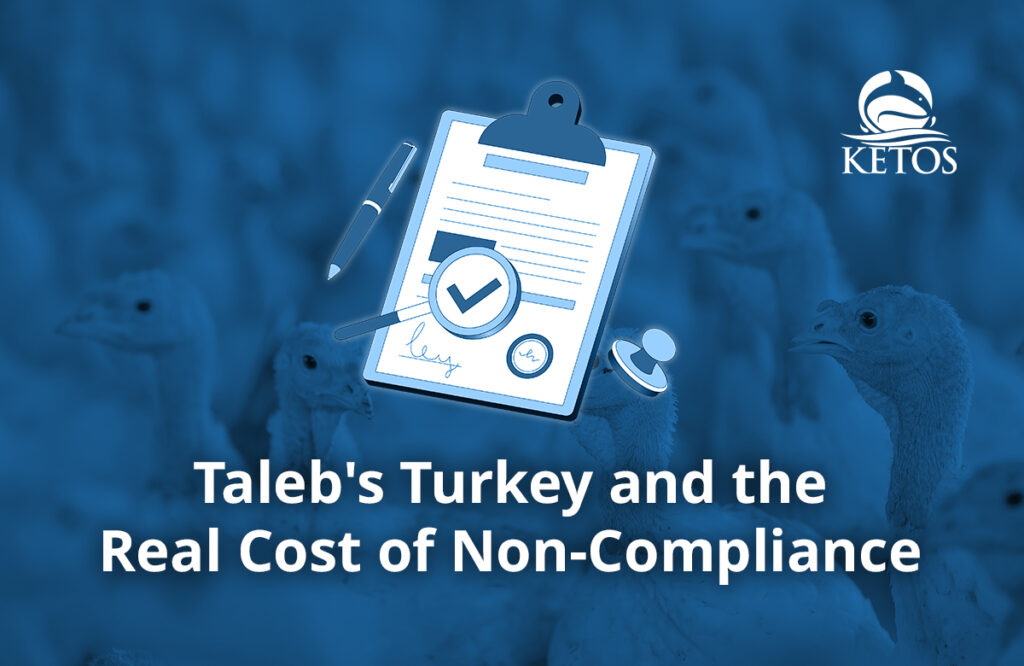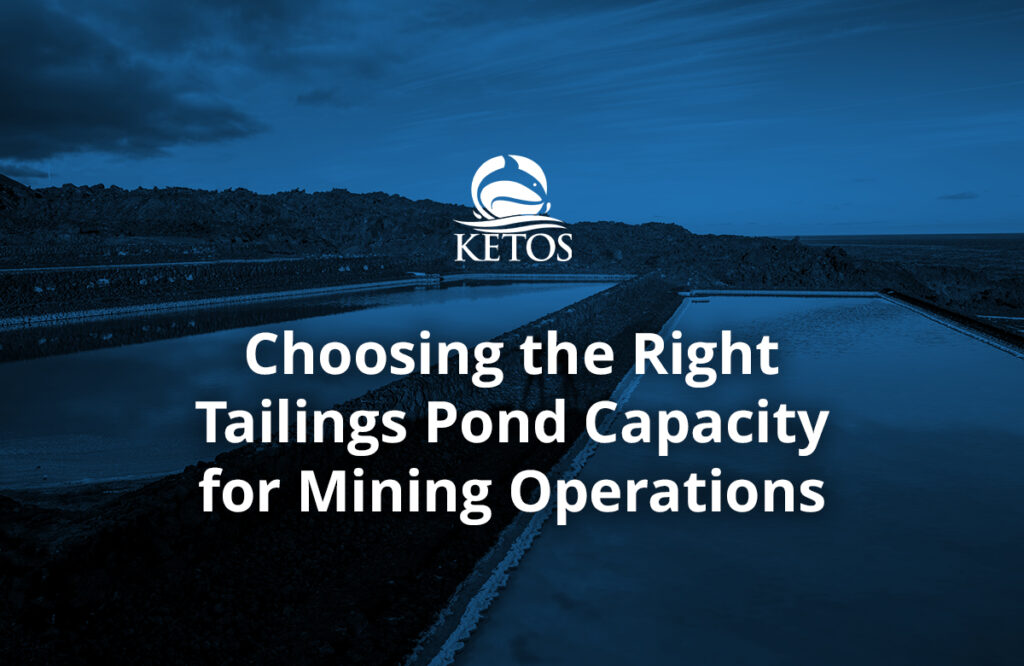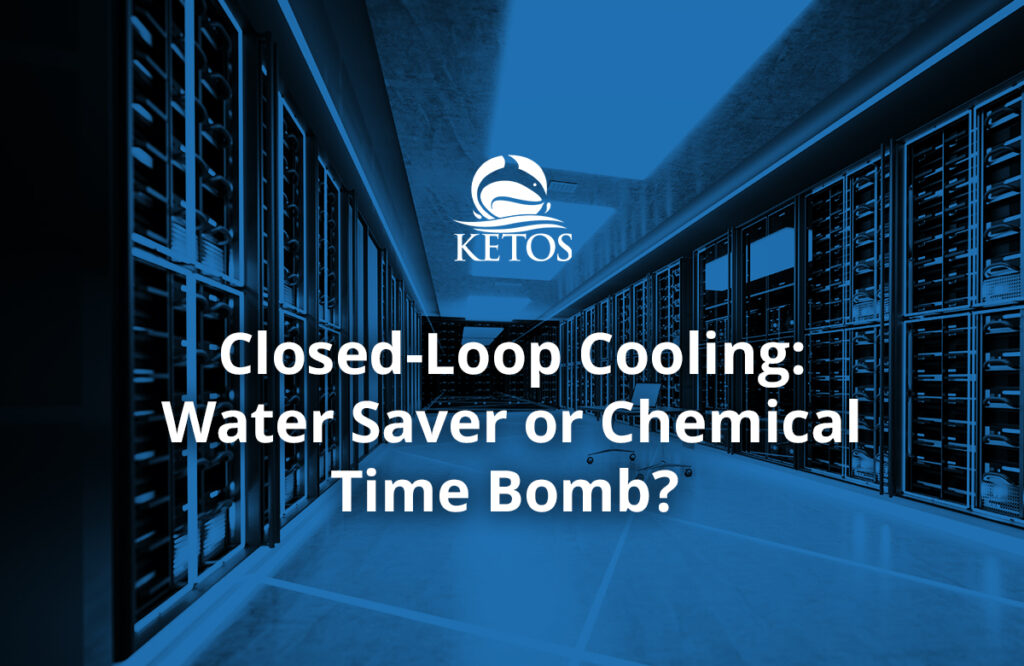Water utilities have been slow to adopt disruptive technology for various reasons. It’s a slow-moving industry in general, with infrastructure change traditionally being labor-intensive and expensive. However, even to an industry seemingly reluctant to adapt, change is coming, and many operators are looking for ways technology can actually help protect water, keep operations resilient, and make it easier, in the future, to change as consumer’s’ needs and surrounding regulations shift around them.
A significant factor for ongoing reluctance is the more traditional, often older, workforce that doesn’t have as much experience with technology and may not be “digitally native.” These more seasoned individuals are often suspicious of the interconnected nature of technology and worry about the general safety of water data and overall connectivity in a landscape filled with new digital threats. While a water operator may know precisely how to handle a water main break, they grow nervous with more IT-centric approaches.
However, sensors, IoT, and AI technology can make a water operator’s job easier. For example, it can predict where breaks are likely to occur, help balance water chemical usage, and alert teams to pressure changes or other signs that can help them more quickly pinpoint areas of concern to help speed up repairs or prioritize maintenance tasks.
The question is, can adding technological solutions to existing infrastructure be possible from a security perspective? Does technology open a water utility up to new vulnerabilities – or help make it more resilient against future changes?
Security Factors: How to Move to Digital and Stay Protected
From a data management perspective, utilities are often conservative in their approach to sharing and disseminating information related to their operations. However, as utilities embrace innovation, security concerns and data ownership are taking center stage. Operators are seeing the upside of using new tools, yet significant news events about breaches and hacks can be off-putting. Many operators, being non-technical, tend to farm out the number crunching to third parties to help them understand their water. Having that data owned and controlled in-house sounds appealing. And yet, there remains uncertainty about how safe operations can be once they become more interconnected and more digital.
It’s in the hands of these technical solutions to show how they’re thinking about digital security and to showcase the steps they’re taking to keep their clients – including public utilities – safe in an increasingly online world.
Utilities, their boards, and the cities they service all want to see solutions that take into account governance and management as well as IT security. Staying safe in a digital world is paramount to influencing those in a decision-making position. Many are looking at all the options on the table, including utilizing in-house tools or outsourced services. However, those most interested in digital transformation often must also convince boards and other stakeholders of the viability of new technology.
Is The Cloud the Answer?
There’s something very appealing to moving to the cloud, no matter the industry. It allows operations to keep their data close – especially if leveraging private clouds – and can reduce the physical footprint of the technology itself.
While, in general, private sector organizations across industries are embracing the cloud, the conservative nature of utilities is making that jump much more slowly and with much more consideration surrounding security. Often, on-premise solutions are preferred so that data can be more easily protected against leakage and infiltration from outside sources. In addition, on-site physical servers and private clouds allow utilities to keep their data close at hand and protect against malicious attacks.
Many organizations are beginning to open up to the cloud as a way to access data more efficiently. However, how a water utility can leverage a cloud comes down to the application or focus.
Are Water Utilities Ready for The Cloud?
The cloud is ultimately shaping the conversation and the ability to move opportunities forward in a meaningful way.
In a private company, there’s concern on the procurement side: is the company prepared to move to the cloud? Is the structure in place to make the jump to digitize?
A utility must ask itself many more questions. For example, how does the technology fit in with existing infrastructure? What costs will be involved, and will this cut into an already constrained budget? Does the technology solve more than one problem, and can it adapt to perform just as well 3, 5, or 10 years down the line? How protected will the public be, and what fail-safes are in place? Finally, and most importantly, in an industry with an older workforce: who will be responsible for the tool’s usage, maintenance, and general upkeep?
KETOS: Cloud-Enabled, Privacy Protected
For many water operators in public utilities, KETOS solves many problems at once. It can monitor for 30+ parameters, including heavy metals and environmental factors. It’s interoperable and can “communicate” with other existing systems to help collate and centralize data to bring information under one umbrella. It does all of the testing in real-time to help water operators react when a problem arises. It also self-calibrates and is maintained and updated by trained KETOS technicians, making it a genuinely autonomous hands-off solution so that utilities don’t have to add personnel to achieve more data clarity.
KETOS also uploads monitoring data to a central dashboard with access provided to key staff. The analysis is in-house, and KETOS offers cloud hosting and storage management to secure data for utilities. The IoT Sensor Systems on offer include cloud integration through several connectivity options, including LoRa, WiFi, cellular, and customer networks. Data is aggregated in a secure, centralized data warehouse structured to facilitate turn-key analytics. In addition, the KETOS solution is interoperable and can connect to public data and existing SCADA systems for a complete picture of existing data points. The system is designed to eliminate the need for BI Analytics or data science expertise and keeps everything safe and secure in-house. Users have access to automated, out-of-the-box reporting and can easily create and configure customized, real-time reports and alerts to support specific operational requirements and process controls.
With KETOS, water operators in public utilities have the freedom and flexibility to build their own menu or monitoring options with customizable threshold alerts while having access to real-time and historical data. As a result, operators can understand and control their water quality and usage like never before while protecting themselves from online exposure or security breaches.
What Water Utilities Need to Know About Digital Transformation
In a recent webinar, KETOS CEO and founder Meena Sankaran and Cristina Ahmadpour, President of Isle Inc., discussed how utilities are approaching digital transformation and what obstacles and opportunities are arising within the industry.
You can view the full webinar recording here to learn more about what challenges (and exciting upsides) are in store for the sector.
